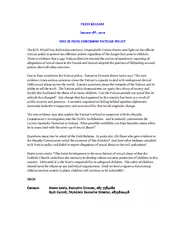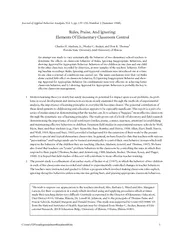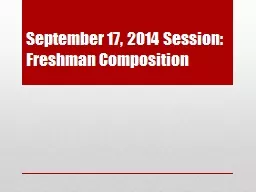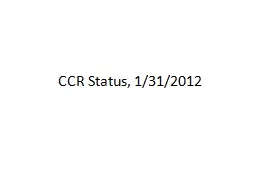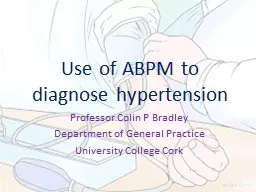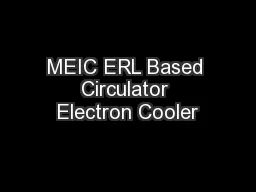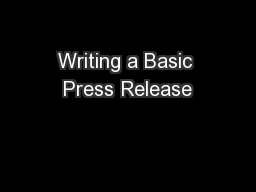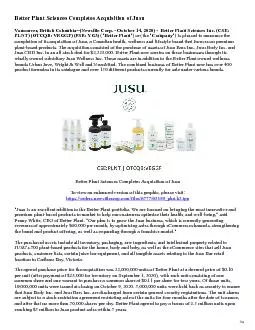PPT-Press release from ERL: 2 readings
Author : conterc | Published Date : 2020-08-03
1 2 Motivation Ships are strong sources of greenhouse gases and air pollutants 3 of global CO 2 emissions 13 of global NO x emissions 520 12 of global SO 2 emissions
Presentation Embed Code
Download Presentation
Download Presentation The PPT/PDF document "Press release from ERL: 2 readings" is the property of its rightful owner. Permission is granted to download and print the materials on this website for personal, non-commercial use only, and to display it on your personal computer provided you do not modify the materials and that you retain all copyright notices contained in the materials. By downloading content from our website, you accept the terms of this agreement.
Press release from ERL: 2 readings: Transcript
Download Rules Of Document
"Press release from ERL: 2 readings"The content belongs to its owner. You may download and print it for personal use, without modification, and keep all copyright notices. By downloading, you agree to these terms.
Related Documents


